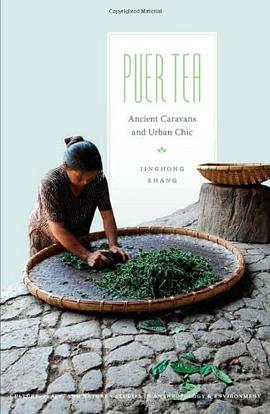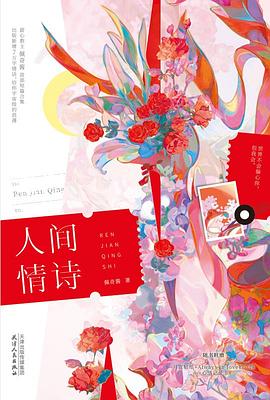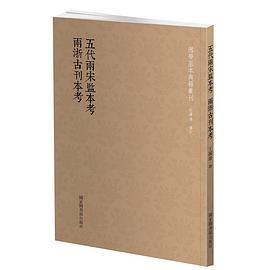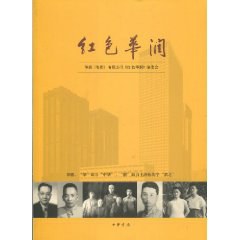Puer Tea
内容简介
Puer tea has been grown for centuries in the "Six Great Tea Mountains" of Yunnan Province, and in imperial China it was a prized commodity, traded to Tibet by horse or mule caravan via the so-called Tea Horse Road and presented as tribute to the emperor in Beijing. In the 1990s, as the tea's noble lineage and unique process of aging and fermentation were rediscovered, it achieved cult status both in China and internationally. The tea became a favorite among urban connoisseurs who analyzed it in language comparable to that used in wine appreciation and paid skyrocketing prices. In 2007, however, local events and the international economic crisis caused the Puer market to collapse.
Puer Tea traces the rise, climax, and crash of this phenomenon. With ethnographic attention to the spaces in which Puer tea is harvested, processed, traded, and consumed, anthropologist Jinghong Zhang constructs a vivid account of the transformation of a cottage handicraft into a major industry-with predictable risks and unexpected consequences.
......(更多)
作者简介
目录
Foreword
Acknowledgments
Transliteration, Names, and Measures
Maps
Introduction
Spring
1. "The Authentic Tea Mountain Yiwu"
2. Tensions under the Bloom
Summer
3. "Yunnan: The Home of Puer Tea" 81
4. Heating Up and Cooling Down 106
Autumn
5. Puer Tea with Remorse
6. Transformed Qualities
Winter
7. Tea Tasting and Counter-Tea Tasting
8. Interactive Authenticities
Conclusion: An Alternative Authenticity
Appendix 1: Puer Tea Categories and Production Process
Appendix 2: Supplementary Videos
Notes
Glossary
References
Index
......(更多)
读书文摘
再其次,人们对普洱茶的找寻寓含了一种对身份、个性和生活方式之“真理”或“真实”(authenticity)的追求。这是对过往岁月中自我个性备受压抑的年代的一种平衡,同时又是对现代化生活潮流的一种逃离和对自我的重新找寻。
......(更多)






